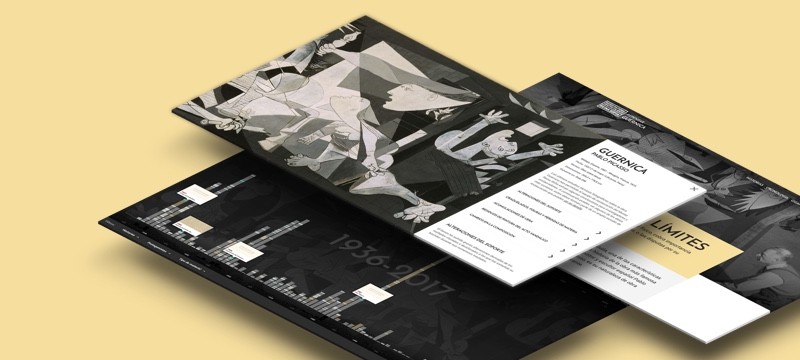Picasso
The retrospective devoted to Pablo Picasso at the then Musée des arts décoratifs, Paris, held from 6 June to 15 October 1955, was an homage to the greatest living artist and commemorated the fifty years since he definitively settled in the French capital and became embedded in the narrative of modern painting. The show was strategically placed inside the context of Europe’s rebuilding after the Second World War, with Guernica playing a symbolic, not to mention artistic, role. This was the first official Pablo Picasso exhibition held in Paris after the war, and in fact it was the French government, from its Embassy in Germany, that organised the touring show in Munich, Cologne and Hamburg.
The head curator of the exhibition Picasso was Maurice Jardot, who at the time held close ties with the artist and Daniel-Henry Kahnweiler and was associated with France’s Ministry of Culture, which had spearheaded the cultural affairs of the Delegation of the French military government in Germany in 1944. The first records of letters and arrangements date from January 1955, a time in which Picasso had already agreed to loan a sizeable part of works from his collection, and had informed Alfred H. Barr Jr., director of the Collections Department at New York’s Museum of Modern Art, of the delivery of twelve works on loan at the museum, among them Guernica. Moreover, from the very start plans were made for the exhibition to travel afterwards to three German cities, an exercise in diplomacy and international cultural policy with which to repair – metaphorically – the actions of France during the war.
The exhibition was a huge success among public and critics alike as it gathered conserved documentation, prompting a news agency to be hired to ensure it gained a high media profile in the national and international press. Open to the public from 6 June to 15 October 1955, the show surveyed Picasso’s fifty years of artistic creation, accentuating the concepts of multiplicity and abundance, be it through styles, languages, mediums, formats or techniques. Therefore, it paid tribute to the exceptional nature and wealth of a body of work which stretched across the century.
Another innovation was the way in which Guernica was installed: on the bottom of the work a panel spanning its length was added and bore the verses of Paul Éluard’s poem “La victoire de Guernica”; the words by the French poet served as another reminder, as in 1937, of the setting of war underpinning the painting, and also signalled the oncoming fall of Europe. This painting-poem pairing would be repeated at Munich’s Haus der Kunst (25 October — 26 December 1955), materialising in the memory of cities razed to the ground by the bombings — devastation which occurred in every city along the tour — and the will to rebuild. For instance, Munich was joined by Cologne (Rheinisches Museum Cologne, 30 December 1955 – 26 February 1956) and Hamburg (Kunshalle Hamburg, 10 March – 29 April 1956). The exhibition in Paris, meanwhile, with its symbolic aim and capacity to assemble Picasso’s salient works, coincided with the first edition of documenta, a contemporary art exhibition founded by Arnold Bode in Kassel, another German city bombed and reduced to rubble during the war. Picasso was afforded a prominent space in the show, with the first post-war Picasso event seeking to establish the genealogy of contemporary practices, overcoming the traumas of war, gaining impetus through avant-garde movements, and recovering, on an international scale, the notion of modernity.



